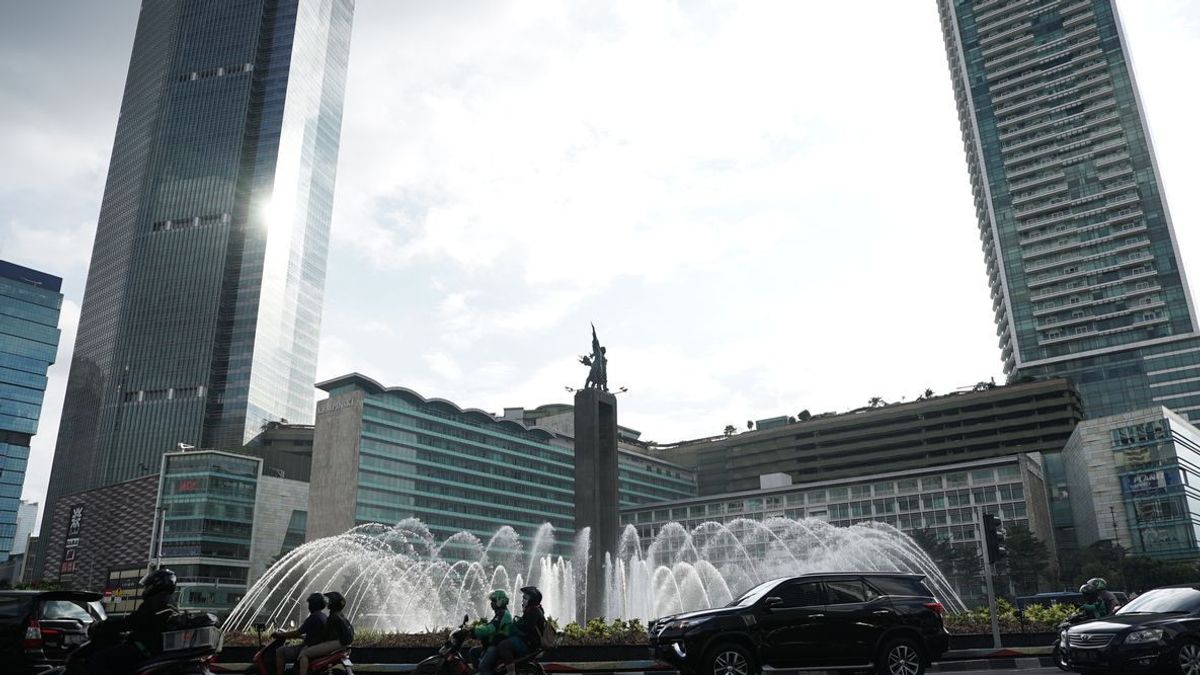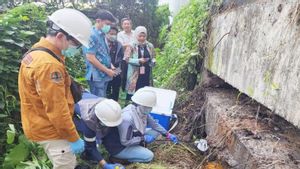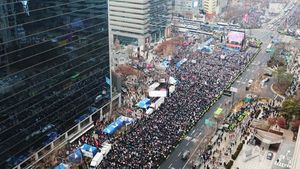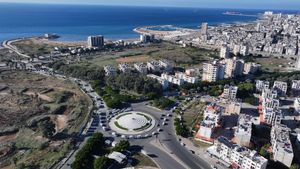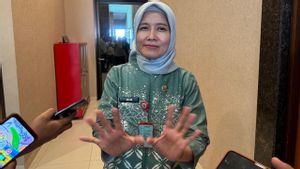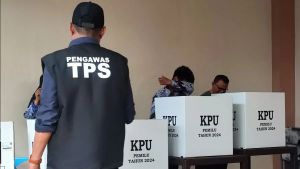JAKARTA - Deputy Governor of DKI Jakarta Ahmad Riza Patria said that the number of poverty was increasing due to the consequences of the COVID-19 pandemic that hit the country.
Deputy Governor Riza's statement was in response to data from the DKI Jakarta Central Statistics Agency (BPS) which noted that the poverty rate in the capital city increased by 5,100 people or to 501,920 people in March 2021.
"Yes, the consequences are clear, definitely because of COVID-19, the impact of increasing unemployment and poverty is there," said Riza at the Jakarta City Hall, quoted by Antara, Thursday, July 15 night.
However, said Riza, the DKI Provincial Government is trying to overcome the surge in poverty through a number of programs that have been rolled out to minimize and even overcome this problem.
"All of us will try and overcome it with existing programs," said Riza.
BPS DKI Jakarta recorded that the number of poor people in the capital city reached 501,920 people as of March 2021. This number increased by 5,100 people compared to the number of poor people in September 2020, which was 496,840 people.
Head of BPS DKI Jakarta Buyung Airlangga said the poverty rate in DKI Jakarta reached 4.72 percent of the total population of the capital city, an increase of 0.03 percent compared to September 2020, which was 4.69 percent.
"For the position of March 2021, poverty in DKI Jakarta has slightly increased from 4.69 percent to 4.72 percent, so there is an increase of approximately 0.03 percent compared to last year," said Buyung in a video caption, Thursday.
This increase in the poor population is more due to the increasing unemployment rate in the capital due to the COVID-19 pandemic to reach 261,500 people as of February 2021.
This figure was revealed after BPS made a comparison between the Large-Scale Social Restriction (PSBB) policy which lasted until August 2020 and the implementation of micro-based Community Activity Restrictions (PPKM) until February 2021.
Buyung said the peak of the COVID-19 "pagebluk" in August 2020, resulted in 511,400 workers being laid off from the company.
However, when there was an easing of community activities through micro-based PPKM, slowly the number of workers absorbed again in February 2021 reached 249,900 workers.
"Along with yesterday's easing, in February this year there has been a slight recovery (improvement) to employment. Of the 511,000 who were laid off, about 250,000 workers have entered the industry again," said Buyung.
Although the number of workers has been absorbed again by around 250,000 workers, there is still a difference of around 261,000 more workers who have not found work until February 2021.
As a result, he said, the current open unemployment rate is 8.51 percent. However, this position is considered better than in August 2020 which reached 10.11 percent in DKI Jakarta.
The unemployment rate, of course, has implications for the purchasing power of the average public in Jakarta during the COVID-19 pandemic.
For the proportion of purchasing power in the non-food group, there has been a decline in consumption between before the pandemic in 2019 and the COVID-19 pandemic in 2020 and 2021.
In 2019 the level of non-food consumption reached 75.09 percent, while in 2020 it fell to 73.43 percent and 2021 to 73.54 percent.
However, the level of food consumption in the household actually increased during the COVID-19 pandemic. In 2019 the level of food consumption penetrated 24.91 percent, at the beginning of the pandemic in 2020 it was 26.57 percent, in 2021 it fell slightly to 26.46 percent.
"This shows that there is a priority scale in household spending in DKI Jakarta for food compared to non-food. This priority shows that income is relatively stuck or silent or it can also be said that purchasing power is declining," said Buyung.
The English, Chinese, Japanese, Arabic, and French versions are automatically generated by the AI. So there may still be inaccuracies in translating, please always see Indonesian as our main language. (system supported by DigitalSiber.id)
